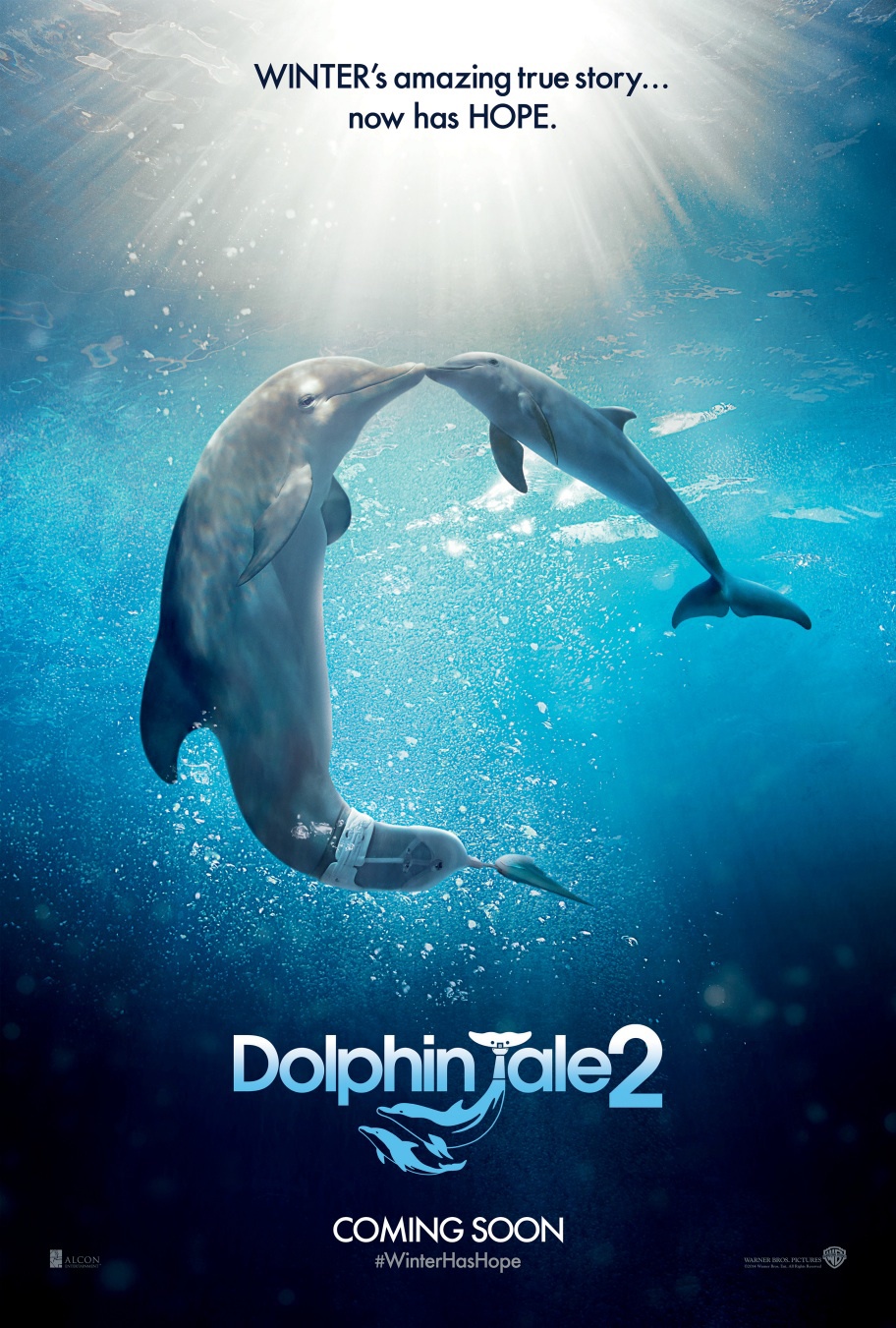1000 True Fans – An Introduction
My promotional ideal falls perfectly in line with a theory called “1,000 True Fans.” To quote the main source of this principle, The Technium’s 1,000 True Fans page:
“A creator, such as an artist, musician, photographer, craftsperson, performer, animator, designer, videomaker, or author – in other words, anyone producing works of art – needs to acquire only 1,000 True Fans to make a living.
A True Fan is defined as someone who will purchase anything and everything you produce. They will drive 200 miles to see you sing. They will buy the super deluxe re-issued hi-res box set of your stuff even though they have the low-res version. They have a Google Alert set for your name. They bookmark the eBay page where your out-of-print editions show up. They come to your openings. They have you sign their copies. They buy the t-shirt, and the mug, and the hat. They can’t wait till you issue your next work. They are true fans.”
There is a lot to like about this as an artist. It’s an achievable goal. Most artists believe success is based on consistent releases, luck and a broadcast “I speak, they listen” mentality. That is no longer the case in a world of YouTube and actual social media where communities have conversations.
It also plays well into The Law of the Few as described by Malcolm Gladwell in his outstanding book “The Tipping Point:”
“The success of any kind of social epidemic is heavily dependent on the involvement of people with a particular and rare set of social gifts.”
These people with their particular and rare social gifts make for the ideal True Fans. These are people that you want to treat as partners in your art and in your life. True Fans are your friends – and it is easier than ever to communicate with them, share with them and help them as a reciprocal True Fan. My belief is the best way to attract True Fans is to first learn how to be a True Fan.
Many artists make the mistake of treating their friends like a traditional “audience.” They post their new album is for sale on their Facebook timeline or ask people to “tell your friends” that they can do X for you. Whether it’s buying a CD, attending a show or just reading your blog – this speaker/audience model doesn’t work.
No one wants to be advertised to. They don’t want a commercial interruption, even from their friends. They want the inside track, and they want to feel good about supporting people they like.
A common example in the world of recording artists is the problem of the devaluing of music since the introduction of digital distribution or “MP3’s.” Many people have digital music that they did not pay for, and most of them know that it’s wrong to pirate music. So when you make your music available to them – even if you give them your CD for free – they don’t feel comfortable “pirating” that CD and giving copies to their friends. Most musicians appreciate this – that their work is protected in this way, but in the case of a musician who was not successful prior to the digital revolution, this is not protection but an actual stifling of their music becoming popular.
I cannot make a sweeping statement and say that all music is now free, and you should see giving people copies of music that you love for free as a way of supporting the artist. What I can say is that more independent artists should tell their friends, fans and anyone else who will listen that their music is not only free to copy and share, but that they actively want people to copy an share it.
An interesting thing happens when you start telling people that “it’s okay to copy my stuff – in fact, Iwant you to share it with anyone you think might want it.” At first, people are skeptical. They look for a catch – what do they have to sign away for this “free” music?
Then they embrace it and run with it. In the 80’s and 90’s people used to regularly trade mixtapes. These were typically cassettes of their favorite music and it usually included at least a few new songs you never heard before but were likely interested in. With the proliferation of digital media, you would think (if you were locked away in a coma since 1989) that today everyone would share “digital mixtapes” with everyone online. But the culture of shaming those who make copies in the digital space has scared away those avid music mavens I used to count on to find new music. By giving those people back a key part of enjoying art – the ability to truly share it with someone else – you are making them happy. You’re fulfilling their desire to share their good taste with their friends – and you’re putting value back into music – by letting fans express themselves through what they love.
I created the 1000 True Fans category on this blog because it’s an idea I embrace and want to explore online. I want to help people take control of their artistic pursuits online and to use the medium for it’s potential rather than be victimized by it’s exploitative side. By giving up on traditional CD sales (for example) and trading that for a free sharing model that lets you instantly connect with anyone on their schedule at their demand, you can find your True Fans.
And your True Fans are the ones that count in the reality of today’s jaded world. They’re the ones who gave musical pioneer Amanda Palmer $1.1 million to make an awesome album. They are connectors, mavens and salesmen – to use the terms from “The Law of the Few” in “The Tipping Point.” They are people just like you, and the best way to start finding them is to become one. In my next post I will start by exploring in more detail How To Be a True Fan.


